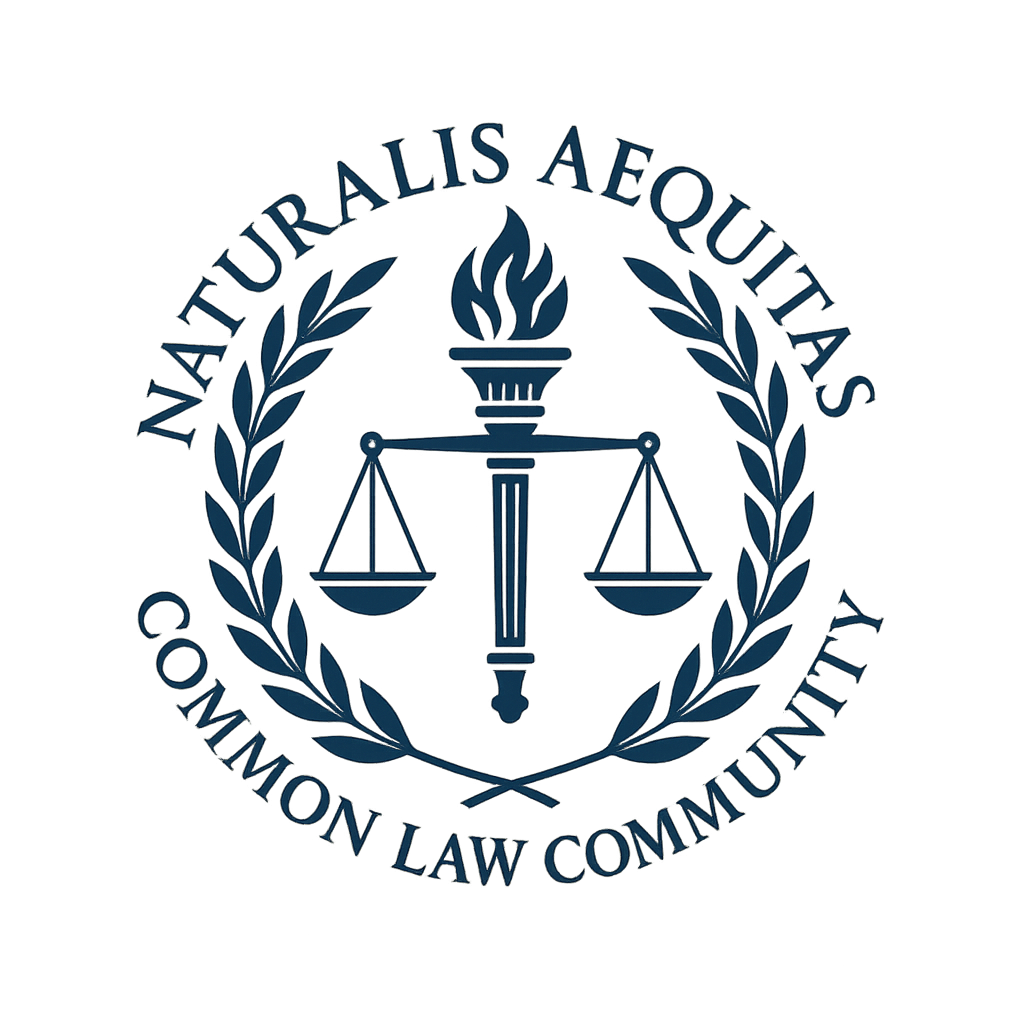The following member contribution discusses the curious case of miscegenation in the family and a commercial lien used as a means of intervention and prevention. Reader discretion is advised and if discussion of miscegenation as a wrong, harm and trespass is likely to cause offence, then click away now.
A Queensland man recently raised a commercial lien on a family member who entered into a mixed-race relationship where marriage and family has been discussed. His family was European ancestry and the family member’s partner was of African ancestry.
The man attempted to reason with the family member that this action is a trespass on the family’s ancestral blood line, a disintegration of the racial integrity of the family and risk to her and any future children of social, health and medical impacts.
Incensed at the perceived trespass on family blood line by miscegenation (mixed race marriage), a man resorted to commercial lien as a means of intervention and prevention.
The man compiled data sets indicating high rates of failed relationships and domestic violence risks in mixed race relationships, the highest of which are in European women and African men subset. According to the man’s Affidavit, the likely implications of a failed relationship for the family member, as indicated in the official data and research papers, included single motherhood, domestic violence and even murder.
The man further resorted to providing statistics and data on psychological and mental health issues of mixed-race children that are substantially higher than for children and adults of a homogenous racial and genetic makeup. As stated in his Affidavit, system review of studies found that multiracial people show somewhat worse mental-health outcomes than monoracial peers, for example, experienced significant mood problems, psychological distress, and lower self-esteem, leading to higher rates of delinquency and criminal behaviors.
The Affidavit further stated that harm was likely to result for future mixed-race offspring from health risks associated with difficulties of blood, organ and tissue donations which do not occur with comparable monoracial individuals. The man concluded that with clear evidence in the data of possible mental and psychological issues and potential health risks, any future offspring in the relationship are at high risk of lower life quality compared with monoracial individuals, thus potentially a trespass to the family.
Failing to heed the objections raised by the man, the family member insisted she would proceed with the marriage. She claimed his objections were motivated by ‘racism’ and that he had no right to interfere. He rejected her claim in the Affidavit and asserted his actions were driven by a genuine belief in the harms that result from mixed-race relationships, and that he was genuinely hopeful that she, and her partner, would find more fulfilling and satisfying relationships and family within their unique racial and social contexts.
He further asserted that publicly available data on the issues of mixed-race relationships were an indictment on the system which, he believed, goes to extreme lengths to hide from the public consciousness and awareness. This, he further expressed, suggests that the true picture is far more tragic and unconscionable for his family member’s interests. He further attested that international law protects the integrity of ancestrial and racial communities (for example, the crime of ‘ethnic cleansing’ is said to occur when migrating populations of different racial ancestry into an area of a relatively homogenous racial group), and that his family member had a moral and legal obligation to safeguard the interests of ancestral heritage and racial integrity through proper choice of marriage partner.
Despite his reasoned, researched and clearly documented objections, the family member proceeded with the relationship. Legal advice he sought indicated low prospect of success in seeking an injunction, so he initiated the process raising a commercial lien on her, preventing future access to credit and some employment opportunities.
There were three grounds for the lien: First, he claimed the family member had a duty and an obligation to protect and extend the ancestral, monoracial bloodline of the family. Her actions constituted a trespass on the ancestral blood line as it is perceived, in his view, to be broken and hence a trespass on the family’s ancestral bloodline.
Second: the claim was made, that her actions are likely to cause harm and wrong to herself through the risks associated with mixed-race relationships, namely the higher potential of failed marriage, domestic violence, single motherhood and even murder (per Affidavit cited studies). This harm, he continued, may also become a liability to the family, which was routinely noted throughout the documentation, that the liability was not and would not at any time in the future, be accepted.
Third: He claimed further, the offspring of this relationship would be at significantly high risk of suffering mental and physical health challenges, per cited studies in the Affidavit. This, too, may become a liability to the family, which, he noted was not and will not be accepted.
The man compiled the documentation for the lien, for example, Affidavits, Notices of Claim, Cease and Desist Notices, etc to perfect the lien, followed with proper service to the family member.


Aftermath and Key Insights
The relationship came to an end soon after the lien process was perfected and there is speculation as to whether this occurred on the basis of the intervention raised by the man, or other factors were involved. In short, the lien was withdrawn, and the family member did not have to pursue avenues of legal appeal to have it removed. The key takeaway in the case was the support of well documented research to support claims of trespass, wrong and harm to the family member herself, the man’s family and to any future offspring that may have resulted from the relationship continuing.
Disclaimer
Note that this case study discussion is for provoking thought, discussion and learning and is not to be construed as legal advice. Caution is also advised to seek alternate, effective remedy before seeking potentially harmful liens as remedy to wrongs.


Leave a Reply